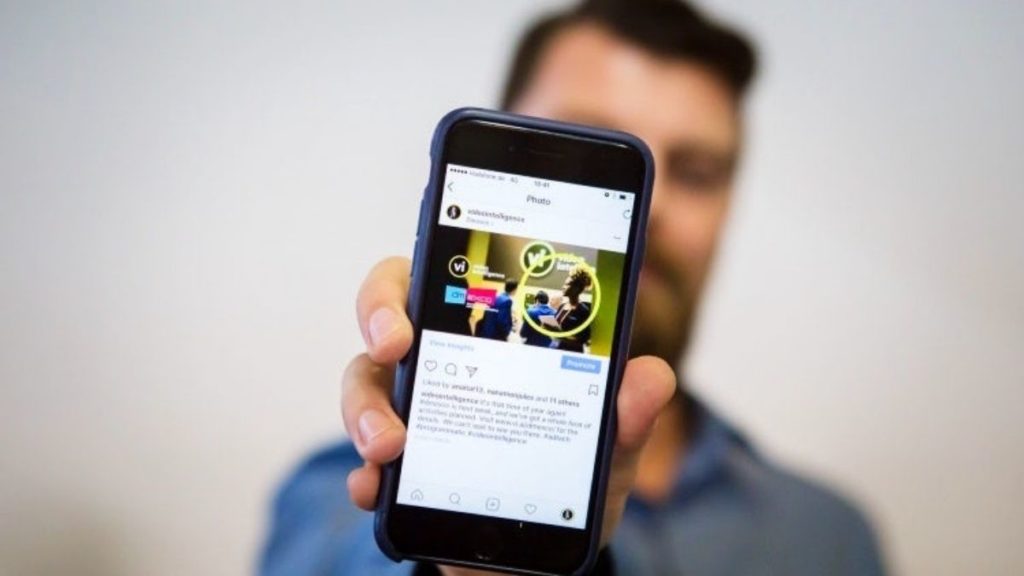By Luc Benyon, VP Marketing, Video Intelligence
With a vision of a creatively diverse madtech world, in a series of articles Luc will investigate the shape of branding in the digital media and marketing industry. Each article will dive into a different topic, and bring out examples of real campaigns and branding from across the tech sector.
Speak to any ad- or martech CMO and they’ll likely tell you that ‘events are back’. And they mean it: they’ve already committed their marketing budgets and are building stands as we speak. And they can’t wait to see their brand come to life through an experience.
But is it a different landscape from the one that got put on hiatus two years ago? Has the events sector spent those precious months refining its offer, investing in their brand, listening to people’s needs, and creating must-attend experiences?
Well… somethings have changed. The first SXSW since 2019 seems to have succumbed to the Crypto-bros. By the sounds of this article in Vice, it’s lost to us, disappearing into a hype-world dystopia of giant neon rabbits, branded tacos, and Paris Hilton DJ sets. Those who did gamble on it this year may have realised that, as a marketing or branding tool, it’s value was lost somewhere in the pandemic storm.
Meanwhile, the return of Cannes Lions looms large. Yet it has its own identity crisis. The main ‘festival’ sets itself as the home of creativity, but – much like the Edinburgh Festival – everyone knows the action is on the fringe.
In the past decade the entire town has become dominated by the tech platforms who have the dollars to spend. Creative agencies have felt increasingly side-lined.
It still has the power to pull in big names, and of course the glamour of the Cote-d’Azure in June is hard to resist. But as a brand, its identity is non-committal at best, and it needs to decide where it sits in the creative versus tech sectors, or if it can provide a platform for dialogue between the two. It’s in prime position to do so, but it must engage in dialogue.
Later in the year, Dmexco also needs to decide where it fits. The Koln Messe is still where the action is (late night drinks in Irish bars notwithstanding). But the event’s identity betrays a lack of commitment to stand for something that is perhaps symptomatic of the event itself. With a blue square and a red dot, it seems the brand team don’t know where to go (this Christmas Instagram post says it all.)
Meanwhile on home turf, recent upstarts MAD//Fest have certainly managed to create the most exciting platform on the market. An in-you-face colour palette, and punk aesthetic (there’s a lot of Sex Pistols vibes going on), makes it seem like a fun place to be.
In the race to be distinct in the market I’d refer you to the D&AD Festival, which took place at the Old Truman Brewery before Covid. With a visual identity designed by a different studio each year, the look and feel matched the festival-like vibe of the event. It thrived on a clash of cultures and felt vibrant and exciting both online, and in-person.
Branding, programming, digital experience, hospitality, and ticketing all come together at events to create an overall impression. It’s no longer enough to just put a lot of paying vendors on-stage and get potential clients in the room. People want more from events, vendors are sick of talking to each other, and increasing costs of getting in front of the right audience is creating a fragmented landscape.
It seems this year is a kind of a re-birth, as new formats emerge, and seems like very much the time to distinguish in the crowd and stand out. Events that looks like somewhere you want to hang out will win.
Marketers make decisions based on data, yes. But with events there are so many unknowns, that they demand just as much decision-making from instinct – ‘what event feels right for my brand?’, ‘Where do I want to be seen?’ and ‘Where do I want to hang out?’
Organisers need to create spaces that we enjoy being in, and that give room for brands to innovate, that create true dialogue and move the industry forward. They shouldn’t just be a platform for vendors to pay to speak to other vendors.
Marketers appreciate the value of positioning, and that’s they expect the big events to position themselves on their behalf. This year is a real chance for events to invest in themselves, communicating what they stand for, and what their place in the market is. See you at the taco van.







